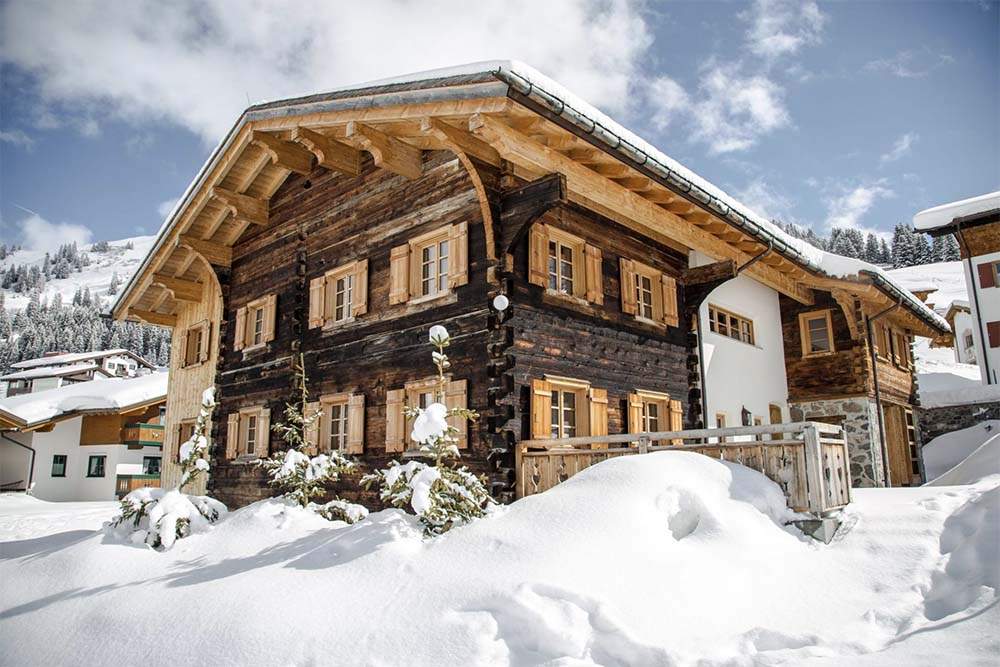Also called “The Last Continent,” Antarctica is a pristine and expansive place uninhabited by humans. It’s the coldest place on Earth, considered by many as the ultimate travel destination. While getting to Antarctica does require a lot of money – it’s definitely worth it.
If you are still doubtful about whether to visit this incredible place or not, here are some reasons you need to travel to Antarctica.
To Witness Polar Sunsets

One of the things to look forward to on your Antarctica adventures is witnessing the polar sunsets, an incredibly fascinating experience. It is a natural phenomenon in the Arctic and the Antarctic circles. During polar summer, the sun remains above the horizon 24 hours a day, which means the continent experiences constant daylight. The unique phenomenon is due to the Earth’s seasonal tilt toward the sun during the Antarctic summer.
Depending on which part you are at the poles, you will experience the polar sun differently. If you’re at the lower latitudes, you’ll witness the sun rises and set throughout the day, but always stay above the horizon.
Unfortunately, visiting polar regions like Antarctica during the midnight sun season means you will miss the Northern Lights since it will be very bright. Nevertheless, it will be a fascinating experience.
To Experience the Falkland Islands
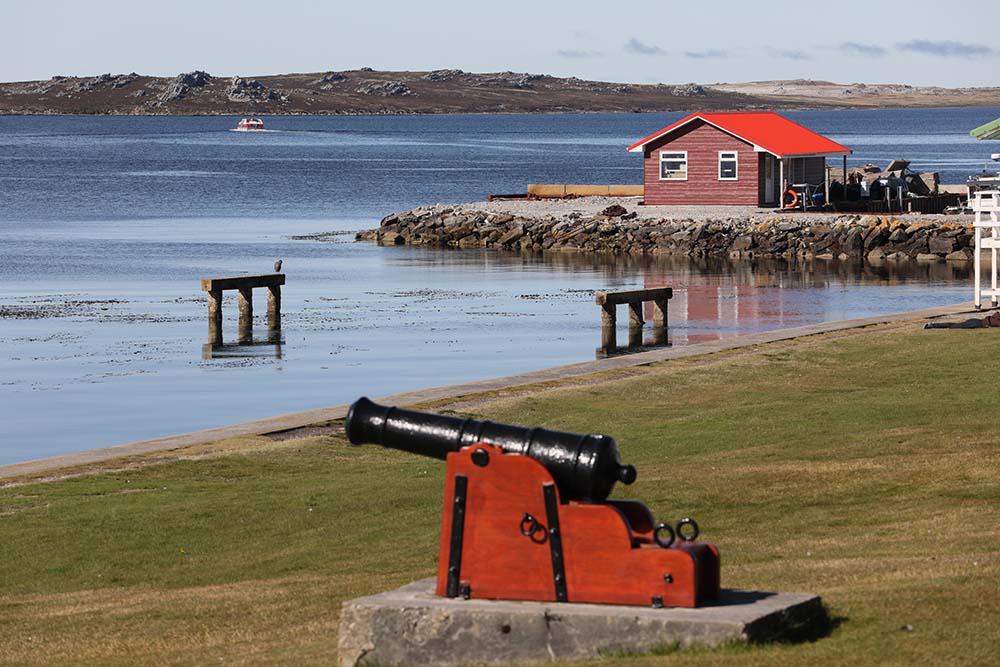
Visiting Antarctica these days is no longer complicated since many travel agencies can organise your trip and will handle the logistics involved. If you prefer a more upscale experience, book one of those luxury tours and itineraries around Antarctica, offering the perfect way to discover the continent’s highlights, including the stunning Falkland Islands.
The Falkland Islands are among those incredible places you could visit during your expedition to Antarctica. These small remote islands are famous for their rugged landscapes teeming with wildlife, including quirky penguins. You’ll also stumble upon other species of birds, including endemics. Whales and dolphins are also common, and there’s a higher chance of seeing sea lions and giant elephant seals relaxing on the beaches.
If you’ve had your fill of the wildlife, visit Stanley, the capital city, to discover its rich history. Here, you’ll find traditional British pubs and excellent restaurants.
To Marvel over Impressive Icebergs
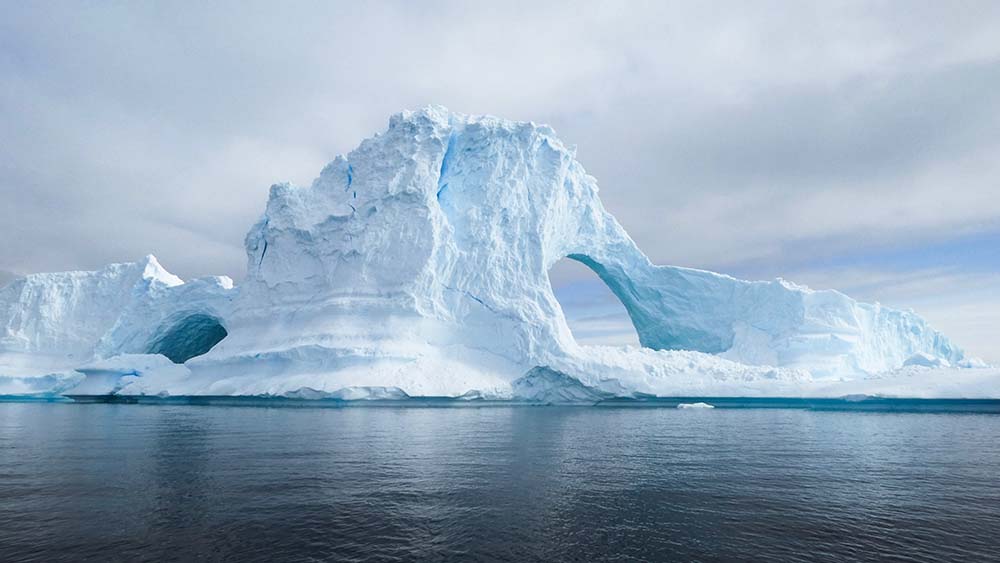
Seeing the giant icebergs majestically floating along with the currents of the Antarctic is an incredible experience and another reason you should travel to Antarctica. The icy waters surrounding the continent are home to numerous icebergs navigating the Earth’s ocean waters.
While there’s no official scale, icebergs refer to a piece of ice over five metres wide. During your journey to Antarctica, you will find glacial icebergs of different sizes, including huge ones spreading over ten miles.
There’s nothing quite like seeing icebergs in Antarctica up close. Scientists have long been studying the creation of these icy formations for many years and are keen to know how they disintegrate when reaching warm waters. Indeed, they are a sight to behold, a reminder of how fascinating and powerful nature is.
To See the Penguins
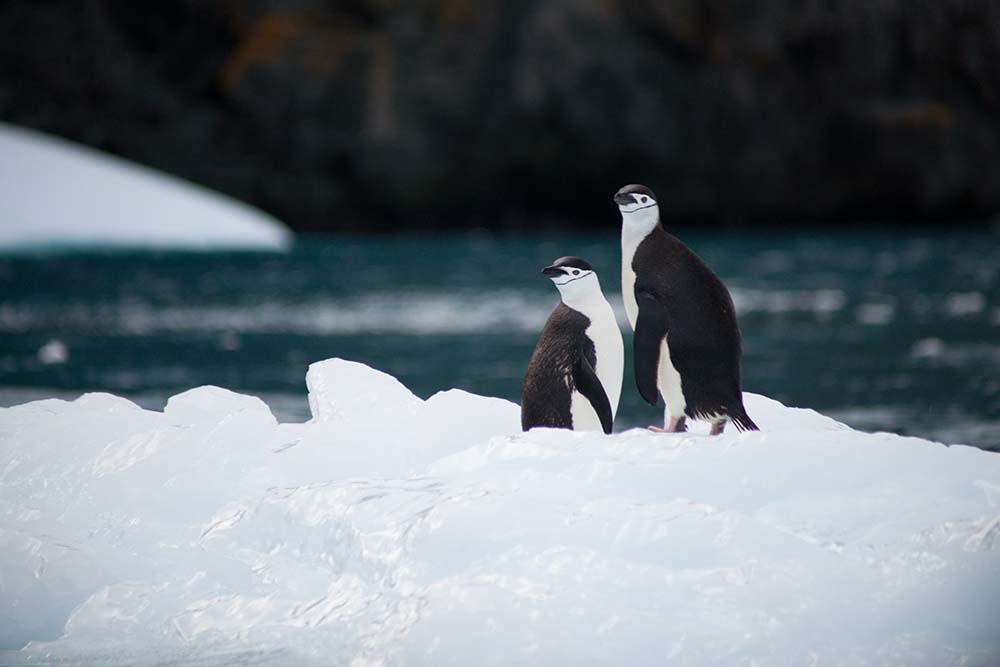
One of the main reasons people visit Antarctica is to see its fascinating wildlife species, especially the penguins. In fact, there are some excellent tours and itineraries in the Antarctic for those who want to see the Emperor Penguins and other penguin species that dwell on the continent.
The emperor penguins are the most popular of all the penguin species you’ll find in Antarctica. That’s because they are the tallest penguin species on the continent, with over 10,000 living in the Antarctic’s Snow Hill Island, an island mostly covered in snow and ice stretching 33km long.
But Snow Hill is not the only place to see Emperor penguins in Antarctica. You can see them in many other areas on the continent. But if you are eager to visit Snow Hill Island, where most Emperor penguins live, you must cross the notorious Drake Passage and take a helicopter flight before trekking to the island.
Gould Bay is another place to see emperor penguins in Antarctica. Surrounded by ice, Gould Bay lies in the Weddell Sea, just across Ronne Ice Shelf. Here, you’ll find the only tourist camp perched on ice. It’s just as remote as Snow Hill, but some expeditions can take tourists to this area via a chartered flight.
To Learn about Human History
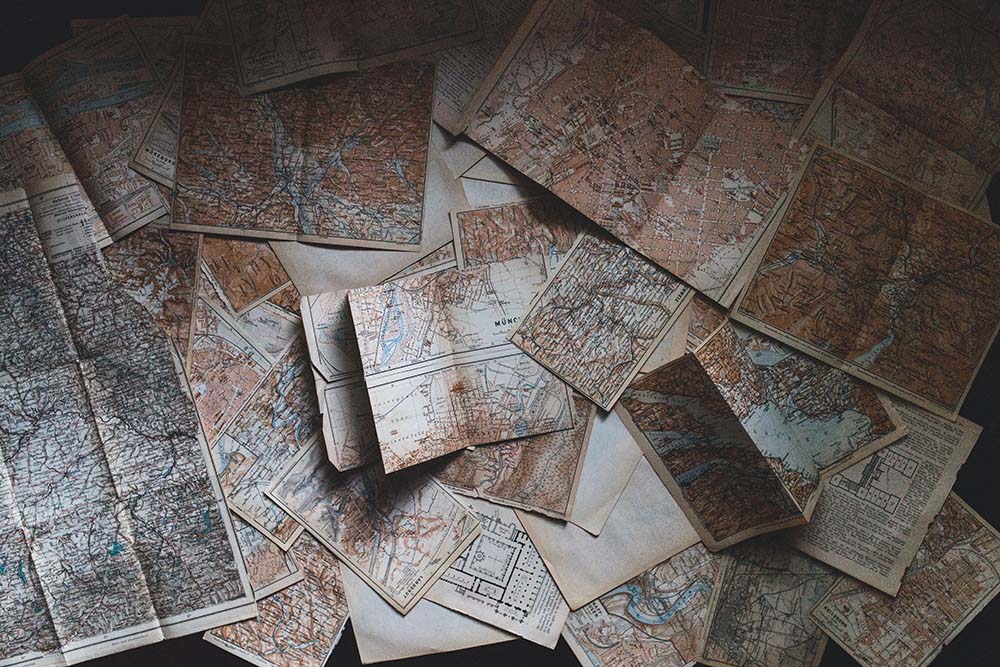 One of the reasons to visit Antarctica is to learn about human history on a unique continent. As you know, Antarctica is the coldest place on the planet, mostly uninhabited by humans. The continent’s lesser-known human history adds to its allure.
One of the reasons to visit Antarctica is to learn about human history on a unique continent. As you know, Antarctica is the coldest place on the planet, mostly uninhabited by humans. The continent’s lesser-known human history adds to its allure.
Antarctica is the last continent discovered by humans, and you’ll learn more about this during your visit. Furthermore, it’s the only continent that does not have an indigenous population and is not owned by anyone. Antarctica’s history with humans is truly interesting, and you’ll know more about this during your visit.
To Spot the Whales and Seals
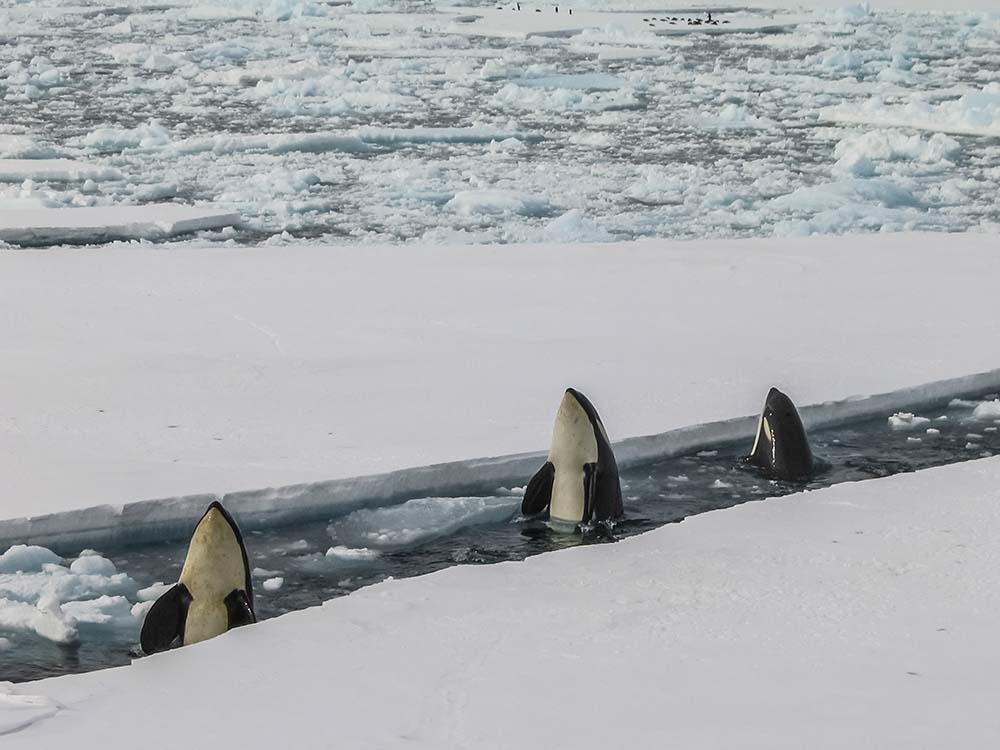
Aside from penguins, Antarctica is home to many other fascinating wildlife species, such as whales and seals. There are eight whale species you could encounter during your expedition to Antarctica. Humpbacks and minke are the most commonly sighted. Meanwhile, you will find elephant seals throughout the continent, but they prefer to well in slightly more temperate areas, such as the Falkland Islands and South Georgia. Aside from the elephant seals, you can spot other species like the fur seals, Crabeater seal, and Southern elephant seal.
If you want to see the whales in Antarctica, the best time would be February and March. You can watch them from the deck of a ship, giving you a better viewing angle. However, small guided ships will allow you to see them up close. You can also join kayaking excursions, where there’s a chance you could encounter them at the water level and observe them in silence.
As a visitor to Antarctica, you are in the best position to witness the wildlife living on the continent. The area the tourist ships can cover is more extensive than the research ships. Therefore, visitors will have more opportunities for whale and seal sightings.


